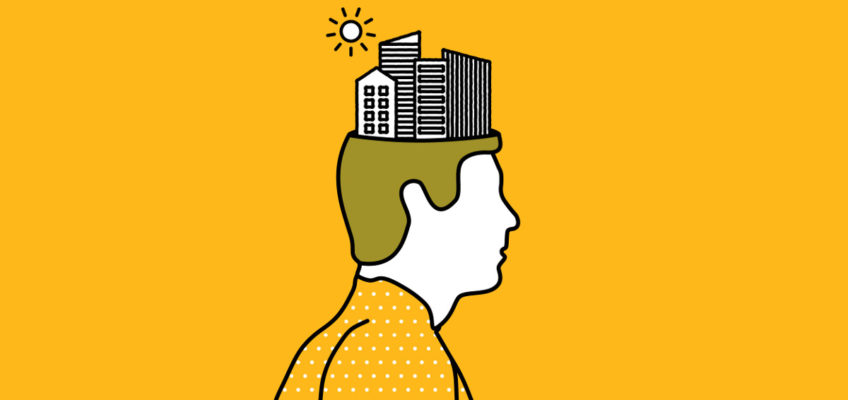NESTA unveils its top 10 predictions for innovative technology trends to watch out for this year. Buckle up!
“This year’s predictions cover technologies and trends that would once be dismissed as science fiction but are now set to tip over into mainstream acceptance,” was the bold assertion of innovation charity NESTA as it launched its highly respected yearly report.
Yet as you read through, it’s hard not to agree with them. We’re definitely living in a brave new world, but who are likely to be the winners and losers of all this disruption? The report looks not only at the technology, but to its wider impact in society.
As their Director of Explorations (and can I just say that as far as job titles go, that is one of the coolest ones around) Celia Hannon, says, “Five years ago, you would have reacted with justifiable scepticism to suggestions that your gut microbiome could hold clues to treating health conditions, or that machines could handle your divorce and competently assess your child’s academic performance.”
As the old adage goes, the absurd does have an unnerving habit of becoming true (as I’m sure we’re all feeling in more ways than one). Yet Hannon goes even further, asserting that if a prediction doesn’t have a hint of outlandishness which means it feels foreign to us now, then it isn’t serving its purpose, which is to generate alternative visions of the future that can, in turn, change our perception of the present.
If a prediction doesn’t have a hint of outlandishness which means it feels foreign to us now, then it isn’t serving its purpose, which is to generate alternative visions of the future Share on X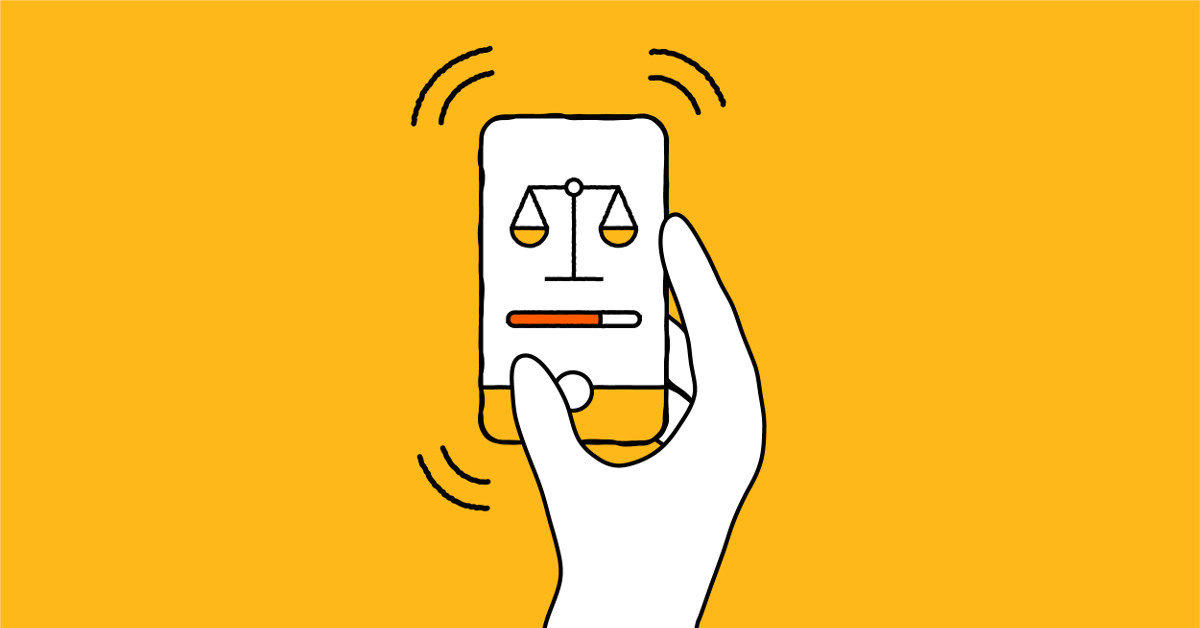
1 -RoboLawyers make legal services cheaper
Today, small businesses and individuals often steer clear of legal processes. They’re too expensive, too time consuming or too bureaucratic. As a result, money is left unclaimed, shoddy work left unpunished, and injustices left to fester. Yet low-cost, AI-driven legal services could radically open up access to the legal system for people and companies who are currently excluded.
Low-cost, AI-driven legal services could radically open up access to the legal system for people and companies who are currently excluded Share on XOlivier Usher and Chris Gorst predict that in 2019, the next big round of automation will be in the legal sector, with apps and web-based services replacing a visit to a local solicitor’s firm for many straightforward legal problems:
“Lawtech has the potential to change lives – not just by cutting back the cost of the law, but by broadening its reach at the same time.”
Artificial intelligences have already shown themselves to be better than lawyers at checking contracts for potential flaws, and over 60 million disputes are resolved by eBay’s automated processes every year, more than the entire legal system of England and Wales.
Artificial intelligences have already shown themselves to be better than human lawyers at checking contracts for potential flaws Share on X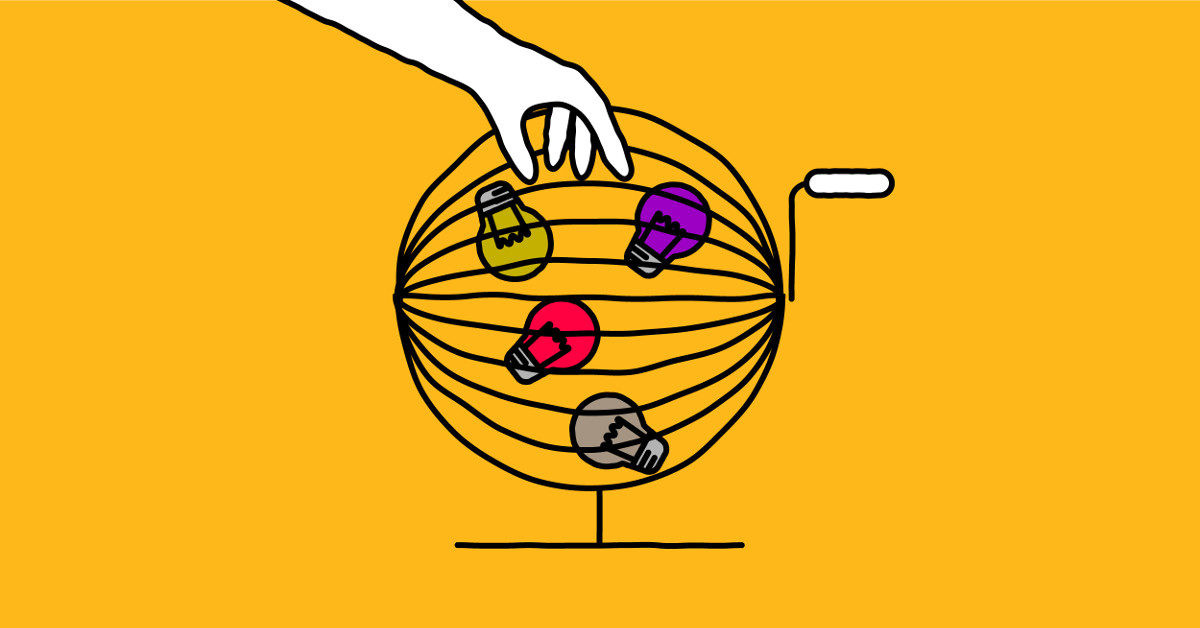
2 – A random approach to innovation
Humankind’s smartest thinkers are spending precious time on proposals that often go nowhere – time that could be better put to use doing actual research that can change lives. A 2013 study of a funding round for medical research in Australia, described by Shahar Avin, found that scientists spent the equivalent of four centuries writing applications that were eventually rejected.
Furthermore, the current way that research is funded is open to bias as female researchers receive less funding, for example. Funding innovation is also hard because breakthrough ideas often seem counterintuitive at first. Research suggests that peer reviewers who know a subject area well tend to mark down more novel proposals, while reviewers also mark down research in fields further from their own. This is bad news, especially at a time when good ideas seem to be getting harder to find.
A 2013 study of a funding round for medical research in Australia, described by Shahar Avin, found that scientists spent the equivalent of four centuries writing applications that were eventually rejected Share on XSo in 2019, NESTA researchers Teo Firpo and Laurie Smith believe more organisations will come around to the idea of randomly-allocated research funding. In a partially-randomised system, proposals could be divided into three categories – a top category which are all funded, a bottom category which are never funded, and a middle category where funding is allocated by lottery. This might seem a surprising concept, but it’s one that’s gathering a number of prominent followers such as the New Zealand’s Health Research Council and the Volkswagen Foundation which are both already using a lottery to distribute funding.
More organisations will come around to the idea of randomly-allocated research funding Share on X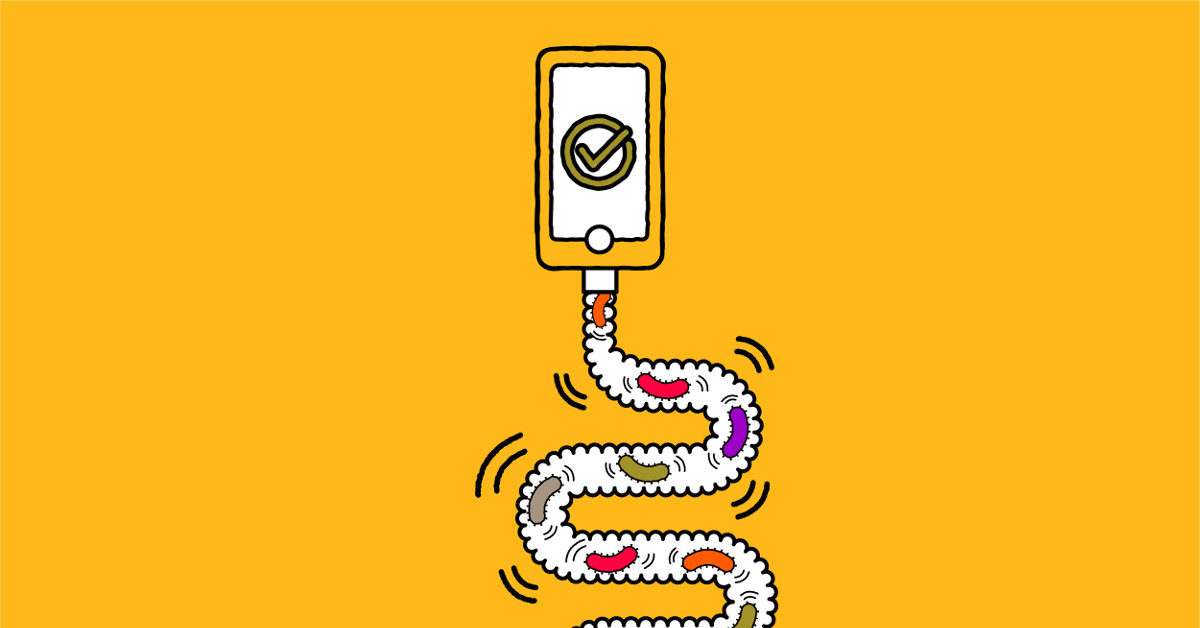
3 – Follow your Gut
Scientists estimate that the human body is made up of over 30 trillion cells. But the bacterial cells in our gut outnumber our own by a factor of 10. These bacteria are referred to as the gut microbiome. The importance of this gut microbiome is well-recognised in the scientific community, and over recent years it has been linked to a range of diseases and conditions, from diabetes to autism and anxiety to obesity. Small changes in the microbes present (altered by antibiotics, diet, geographic region, and so on) may affect weight, likelihood of disease and even psychological factors like risk-taking behaviour.
2019 will see many of us turning towards personalised nutrition based on profiling our gut microbiome Share on XSinead Mac Manus – a Senior Programme Manager for Digital Health in the Health Lab – believes 2019 will see many of us turning towards personalised nutrition based on profiling our gut microbiome. While a new focus on gut health will help us shift from generic healthy eating guidelines to personalised nutrition, most of the work is being done by start-ups and other private companies such as Viome and Atlas Biomed.
Many chronic diseases such as diabetes, Parkinson's and obesity are rooted in inflammation of the gut, which is influenced by the foods we eat Share on XThey have been promoting at-home gut testing for a couple of years as a way of finding out more about your gut and what to eat, and this year Carbiotix became the first company to release a low cost gut microbiome test. In 2019, Project Sapiens – a team led by geneticist Tim Spector and including some of the best artificial intelligence experts in the UK – will release a test that uses machine learning to help people understand how their body responds to specific foods.
The American Gut Project was started in 2012 to provide a means to collect a large set of data surrounding the microbiome. They used a citizen science approach where participants donate their gut data in return for insights on how their gut is compared to the rest of the population. The first results of the project were published this year in the journal mSystems and they reveal new relationships between health, lifestyle and diet. Many chronic diseases such as diabetes, Parkinson’s and obesity are rooted in inflammation of the gut, which is influenced by the foods we eat.
The study revealed interesting connections between the composition of the gut’s bacteria and mental ill-health. These findings are supported by an emerging field of science that proposes that common mental health problems, particularly depression and anxiety, can be improved by caring for the intestinal microbiome. Medical researchers John F. Cryan and Ted Dinan have coined the term ‘psychobiotic’ to explain a targeted intervention for a healthy brain. Tim Spector, professor of genetic epidemiology at King’s College London and the author of The Diet Myth, has also written about the link between gut health, sleep and depression. So letting your gut lead the way might not be such a bad idea after all.
Today, there are 13.9 million disabled people in the UK with a combined estimated household spending power of over £200 billion a year Share on X
4 – Supercharging the Accessibility Revolution
Industry 4.0 signals a turning point in the development of accessible technologies, and the benefits will be felt not only by disabled users, but by everyone, as this will bring what NESTA describes as ‘spillover benefits’.
“Whoever you are, there’s a good chance that your daily life is made easier by technology that was originally developed for, or first used by, disabled people – from early versions of the typewriter, to the precursor to email. From eye-gaze technology that’s making driving safer, to the curb cuts we use everyday without a second thought. Even your mobile phone, now a ubiquitous part of everyday life, evolved from technology originally targeted at disabled people. Making mass market products easier and more intuitive to use benefits everyone, and the blurring of physical, digital, and biological spheres is a natural fit,” explains Charlotte Macken, Prize Design Manager in Nesta’s Challenge Prize Centre.
Today, there are 13.9 million disabled people in the UK with a combined estimated household spending power of over £200 billion a year. Those figures will increase in the coming years with the UK’s ageing population. People aged 65 and over are the fastest-growing age group, projected to grow by 20.4% over 10 years and by nearly 60% over 25 years in England. As the number of people in Britain who were either born with or have acquired an impairment grows, the demographic shift will create an increasingly attractive market opportunity and an incentive to ensure that they can fully participate in society and the barriers to innovation will fade.
Whoever you are, there’s a good chance that your daily life is made easier by technology that was originally developed for, or first used by, disabled people

5 – Knowing What Algorithms are Thinking
“In 2019, we’ll see the citizen’s “right to know” becomes the organisation’s “duty to inform”. In the US, California passed a law requiring bots to identify themselves online, although only in limited commercial and political circumstances. On this side of the pond, France’s Digital Republic Bill requires the government to publish source code for its algorithms, while we expect the European Commission to continue its world-leading fight for stronger data protection laws and more responsible technology,” says Matt Stokes, who contributed this prediction to the NESTA report.
In future we’ll demand to be told when decisions that affect our lives are being made, or informed, by algorithms and how those algorithms have reached their decisions.
We’ll demand to be told when decisions that affect our lives are made by algorithms and how those algorithms have reached their decisions Share on X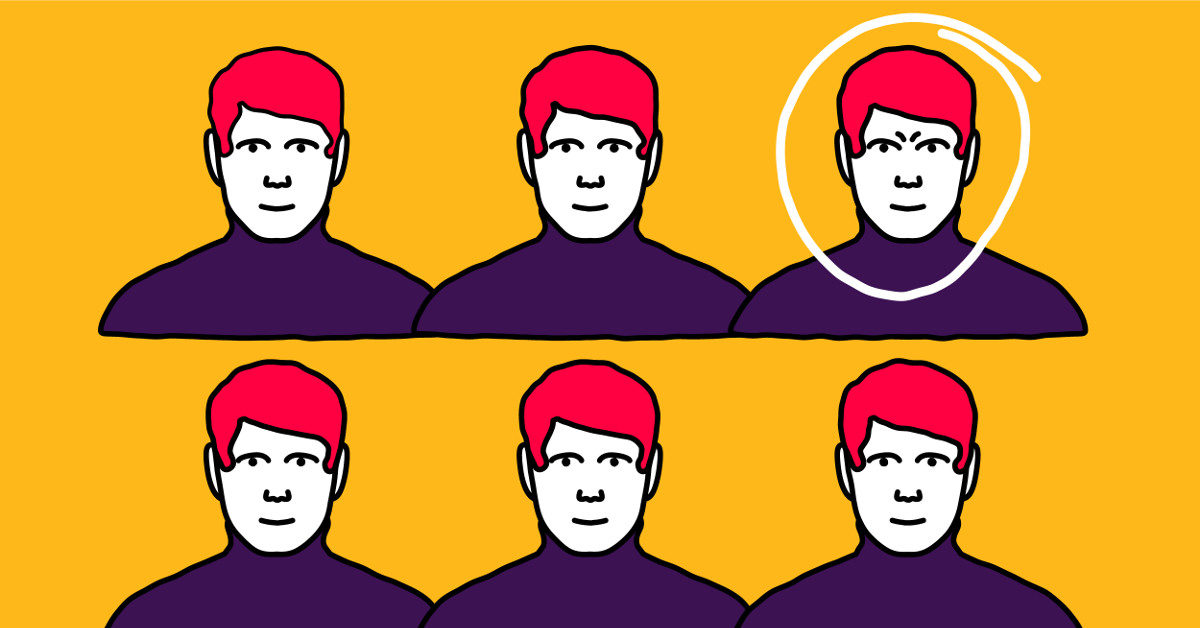
6 – Weaponized Deepfakes
Data Scientist Katja Bego predicts that in the next 12 months, the world will see the release of a highly authentic-looking malicious fake video, which could cause substantial damage to diplomatic relations between countries.
Deepfakes - AI-based technology that makes it possible to create fake videos of individuals nearly indistinguishable from the real thing Share on XDeepfakes – AI-based technology that makes it possible to create fake videos of individuals nearly indistinguishable from the real thing – are edging closer to causing a major geopolitical incident. Though still a relatively new technology, they are evolving incredibly fast, making it harder and harder for the naked eye (or even digital forensics tools) to identify them. At the same time, they are also becoming ever easier and cheaper to create.
How do we, as a society, then help to protect the truth?
Many researchers are working on solutions that can spot AI-generated manipulated video, from universities to the military. Indeed, digital tools are already under development that can, for example, rapidly detect whether a video contains altered pixels or spot biological tells such as off-pace heartbeats or blinking patterns which suggest a video’s subject is not actually human. Yet merely focusing on potential technological solutions risks ignoring the deeper running issues that allow them to arise in the first place. As always, technology reflects and magnifies problems in society, and in order to find adequate long-term solutions, we must address both the problem and its roots. For better or worse, deepfakes are a perfect exemplar of our post-truth age, Bego concludes.
Many researchers are working on solutions that can spot AI-generated manipulated video Share on X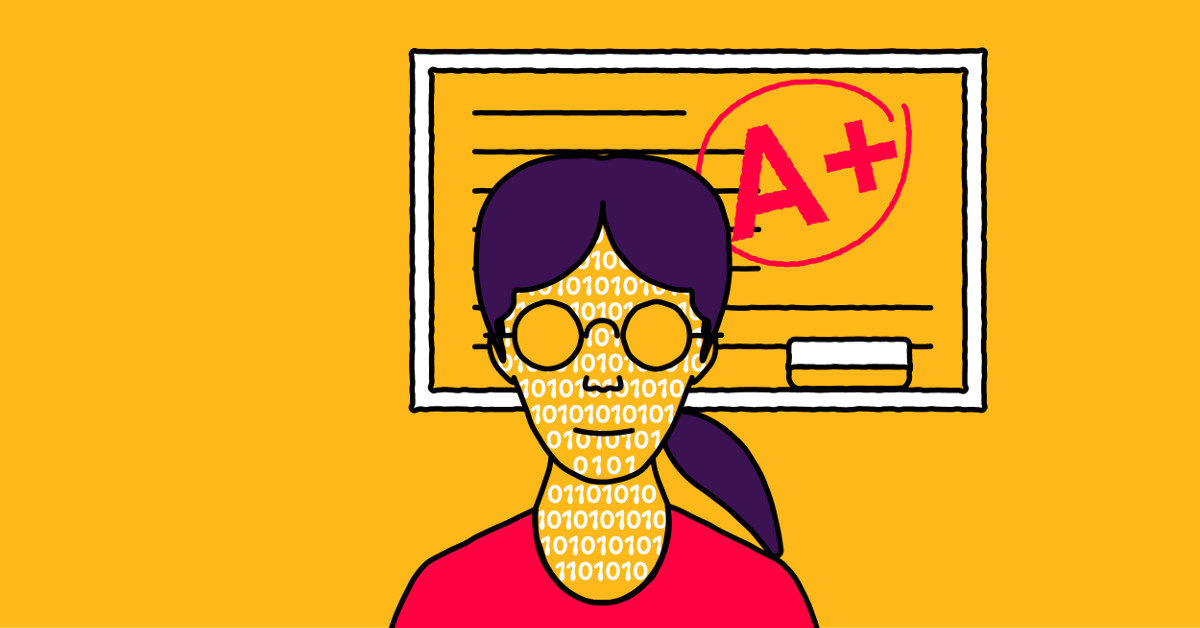
7 – End of Exams
Recent advances make continuous assessment by AI not only possible, but practical on a large scale – even for subjects without binary “right” or “wrong” answers. Advances in natural language processing mean that AI can analyse the content, structure and style of prose in an essay. If done right, a shift to continuous AI assessment could allow us to reorganise schools around learning, not league tables, argue NESTA researchers Toby Baker and Laurie Smith
Normally we hear about AI in the context of driverless cars or Amazon warehouses, but AI in schools is already a reality Share on XInstead of examiners spending hours marking one essay at the end of the year, all essays throughout the year could be marked quickly and independently by AI. Already, 60,000 schools in China (a quarter of the country’s total) are part of an ongoing government-sponsored trial in which essays have been quietly marked by an AI algorithm. Normally we hear about AI in the context of driverless cars or Amazon warehouses, but AI in schools is already a reality. Adaptive learning platforms, such as Century Tech, use algorithmic decision-making to deliver lesson content based on a student’s ability and interests. Not only is AI-enabled assessment more flexible, it can be more helpful to students too.
Although in relative infancy, tools can analyse data collected by virtual learning platforms to measure students’ abilities in skills such as problem solving, teamwork and even tolerance Share on XAs well as how we assess, AI tools could transform what we assess. School leavers need a wide range of knowledge, skills, and attributes. Exams only measure a narrow range of those things – how are parents, colleges, universities or employers to know if students are resilient, independent thinkers? Or if they can collaborate with colleagues, debate or create? Although in relative infancy, tools can analyse data collected by virtual learning platforms to measure students’ abilities in skills such as problem solving, teamwork and even tolerance. For example, last year’s PISA test results (the OECD’s global ranking of education systems) assessed collaborative problem-solving abilities based on how well students responded to questions when working collaboratively with ‘Abby’, a chatbot.
Recent advances make continuous assessment by AI not only possible, but practical on a large scale Share on X
8 – The age of the Superbug
Today, due to the overprescription of antibiotics in both humans and animals, antibiotic resistance is a reality. Although multiple strategies have been put in place in the UK over the last decade, the number of drug-resistant infections in our communities and hospitals continues to grow at an alarming rate.
The number of drug-resistant infections in our communities and hospitals continues to grow at an alarming rate Share on XOver nine million surgeries are performed in the UK each year, with one in three of these operations requiring a preventive course of antibiotics. Should these antibiotics fail to work, the risk of dying from routine surgery such as a cesarean section would skyrocket, and common injuries could become life-threatening.
“Antibiotic resistance is a global issue and to tackle it we need global solutions,” argue Caroline Purslow and Daniel Berman.
78 teams from around the world are competing in Nesta’s Longitude Prize to reduce misuse and overuse of antibiotics by creating a fast and affordable test for bacterial infections. Successful implementation of such tests would mean that infections could be treated more quickly, unnecessary use of antibiotics would be avoided and people would receive more effective treatment.
78 teams from around the world are competing in Nesta’s Longitude Prize to reduce misuse and overuse of antibiotics Share on X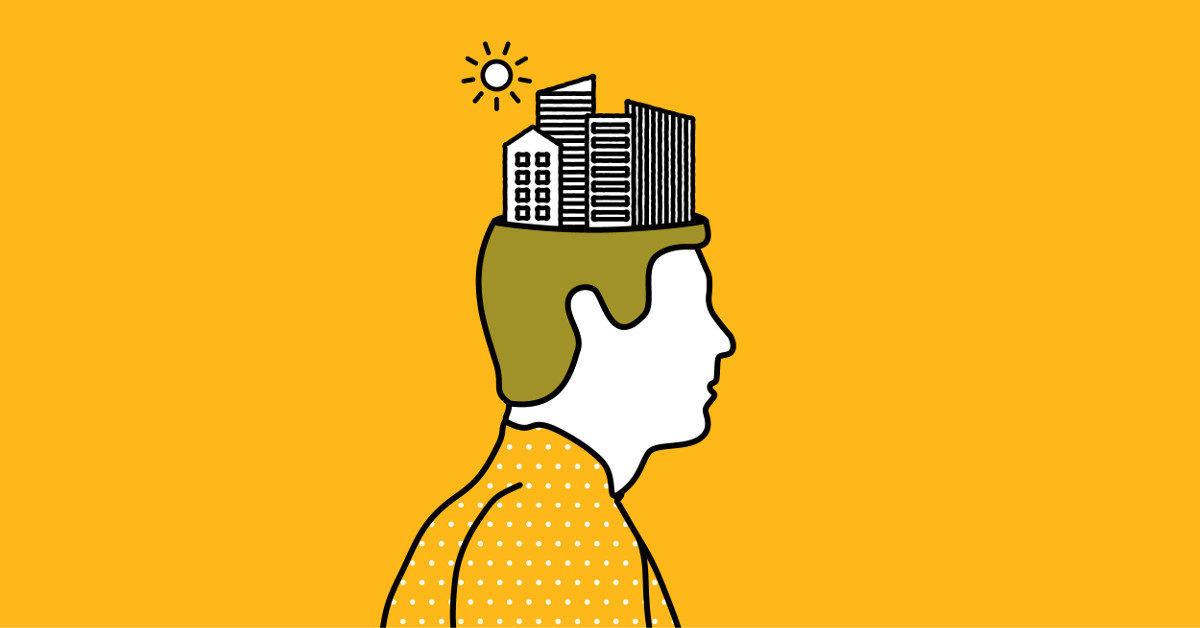
9 – The rise of the ‘City Brain’
Various technologies are now coming of age, which bring the vision of a smart city closer to fruition, and China is in the forefront of that with its ET City Brain, argue Eva Grobbink ,Geoff Mulgan ,Vincent Straub. The country has hugely ambitious plans for AI, and the City Brain project overlaps with other high profile initiatives, like the country’s social credit system, which uses big data and artificial intelligence processes to rank citizens based on their social, political and economic behaviour.
First launched in September 2016, ET City Brain is a collaboration between Chinese technology giant Alibaba and several cities. The ET City Brain system gathers large amounts of data (including logs, videos, and data stream) from sensors. These are then processed by algorithms in supercomputers and fed back into control centres around the city for administrators to act on—in some cases, automation means the system works without any human intervention at all.
The speed at which this technology, and related projects like driverless cars, are advancing in China will come as a shock to the United States Share on XThe speed at which this technology, and related projects like driverless cars, are advancing in China will come as a shock to the United States, which has long assumed that it leads the world technologically. It will also send a clear message to other countries seeking to lead the world in AI, including the UK—which recently identified AI and data as one of four ‘Grand Challenges’ in its Industrial Strategy.
How different cities apply this kind of technology will reflect their political and social value systems. The Barcelona Digital City project, for example, runs a sensor network developed with open source technology to compile and share data on air quality and noise levels. Not only can citizens access this data, and are free to use it (for example, to report antisocial noise in their neighbourhood), but they’re also given control over how their data is used. It will still take some time for the system to become a ‘brain’ that connects all public services in the city, but the first steps are being taken while still involving citizens and respecting their data rights.
ET City Brain is a collaboration between Chinese technology giant Alibaba and several cities Share on XIn 2017, the City of Toronto handed over responsibility for parts of its infrastructure to Google’s sister company Sidewalk Labs. The smart city area created by the company is equipped with sensors and cameras which record pollution levels, traffic flow, weather, and more—but also the behaviour of its inhabitants. For the residents of this new urban area, the promise is a more pedestrian-friendly experience of city living, where smart traffic lights minimise traffic congestion and robots take care of rubbish collection. But Sidewalk Labs has run into serious problems of public trust—the project’s privacy expert recently resigned over the use of citizens’ data, dubbing the project a “Smart City of Surveillance”, and forcing Google to rethink its approach.
Various technologies are now coming of age which bring the vision of a smart city closer to fruition Share on X
10 – Working Week, but Not as We Know It
A recent survey found that fewer than six percent of UK workers actually work nine-to-five, with 42 percent already working ‘flexibly’. But almost every aspect of our lives, from when trains run to when sports are broadcast, is built around the “workweek” model.
In 2019 it’ll be time to recognise that a fundamental shift is taking place in the pattern of our lives and our world, says Georgia Ward Dyer, a Researcher and Curation Assistant in NESTA’s Futures and Explorations Team.
A recent survey found that fewer than six percent of UK workers actually work nine-to-five Share on XThe trends that drive this have been accumulating over years. Globalisation means that services or markets are always ‘on’; every hour a new time zone wakes up and another falls asleep. Smartphones are our constant companions. The impacts of emerging technologies have only accelerated this disruption. Platform working is on the rise and recent scandals around the treatment of Amazon workers reflect how fast the way we work is changing, and how unprepared we are to deal with the consequences. That’s before we even get to the much-heralded robots coming to take our jobs.
Both UBI and the four-day week call into question what our lives might look like if the ratio of work to life was rebalanced Share on XThe shift towards more flexible work and the spectre of impending automation have also amplified conversation surrounding Universal Basic Income (UBI) – an idea where citizens of a country receive a regular sum of money from the government. Influential figures such as Elon Musk and Richard Branson are advocating for UBI as an option to head off the adverse effects of increasing automation. Several countries have also recently completed trials implementing UBI at various scales.
Both UBI and the four-day week call into question what our lives might look like if the ratio of work to life was rebalanced. With more time on our hands, what might we spend it doing?
Alice Bonasio is a VR Consultant and Tech Trends’ Editor in Chief. She also regularly writes for Fast Company, Ars Technica, Quartz, Wired and others. Connect with her on LinkedIn and follow @alicebonasio on Twitter.

